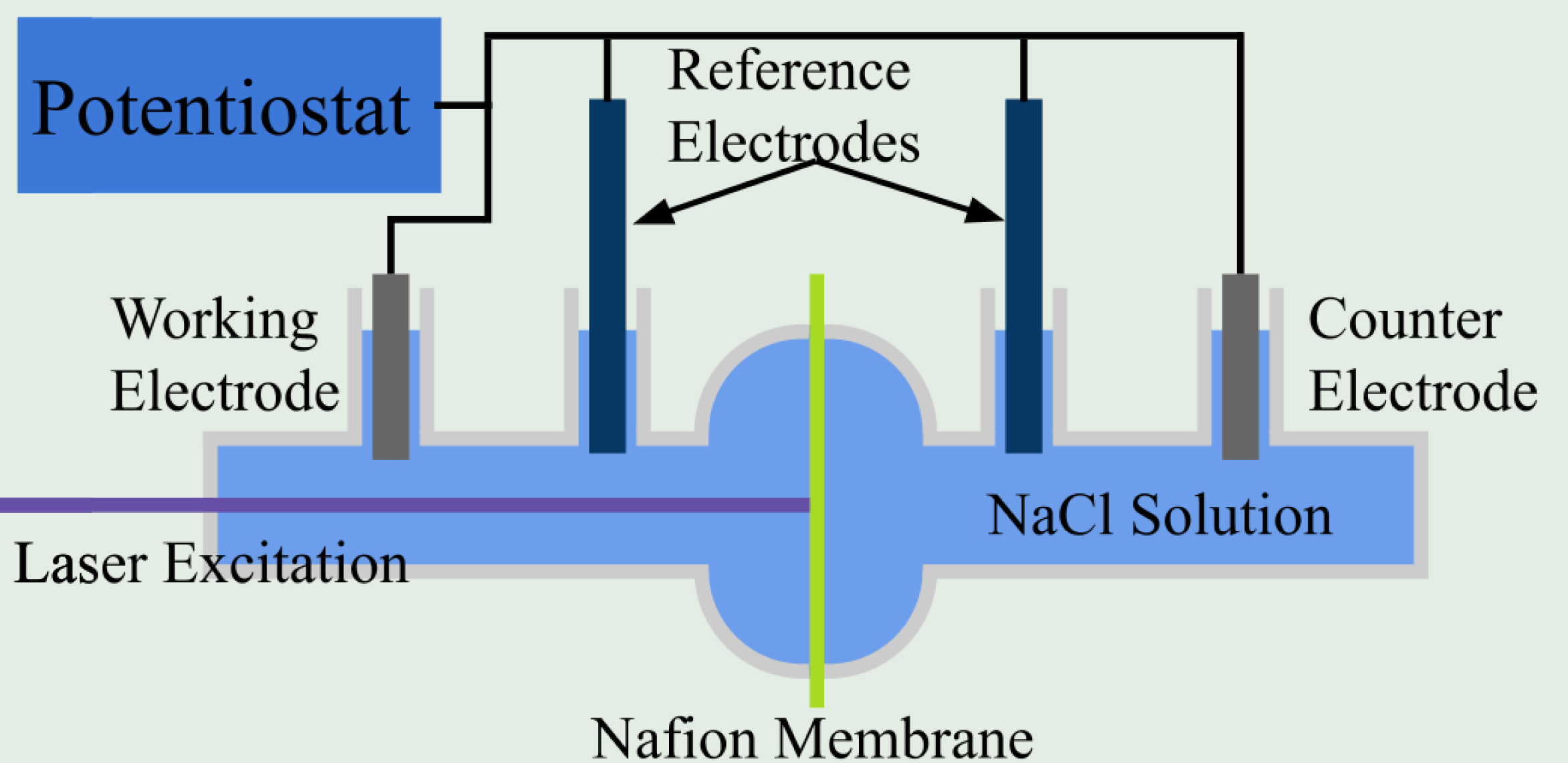A Novel Approach to Renewable Energy
Light Stimulated Active Cation Transport Membrane Via Covalent Modification with a Photoacid

Light Stimulated Active Cation Transport Membrane Via Covalent Modification with a Photoacid

Today, there exists the growing challenge of climate change. Solar is a popular renewable energy source to combat climate change. Today solar panels are approximately 15% efficient and due to the limitations of the materials used to manufacture them, the maximum efficiency is 34%. This research utilizes a completely different renewable solar system than current technology and stands to be more cost efficient and more energy efficient than current solar energy. Photoacids have recently been recognized as potential solar generators. They have benefits over current solar cells with a longer life and potentially more cost-efficient design. Furthermore, they produce few harmful emissions during production unlike current photovoltaic technology. As demonstrated for the first time in late 2017, a photoacid, HPTS has the ability to covalently bond to a cation exchange membrane, nafion making it an active membrane. When a light excites this modified membrane in an electrochemical cell, it demonstrates power generation. The problem is that the efficiency is very low. This research project successfully synthesized the first active membrane to be made with a photoacid other than HPTS and demonstrated a nearly 5000% increase in efficiency. This synthesis was accomplished through modification of HPTS through several reactions and a long reflux of the membrane in the solution of the HPTS derivative The successful use of this photoacid is very promising for future research because it indicates that at least 4 more photoacids of similar structure could be used. Furthermore, it is very possible that the single novel membrane created is far from optimized and could further increase in efficiency. Ultimately this experiment demonstrates rapid growth in the active membrane field and could produce the next viable renewable energy source.